Category Archives: Classroom Materials

Call them spotted seatrout, speckled trout, or even specks; whatever name you choose to call them, know they are important fish, both to the environment and the economy. Spotted seatrout live in coastal estuaries of the northern Gulf of Mexico. They, along with other estuarine species, were exposed to varying amounts of oil soon after Read More
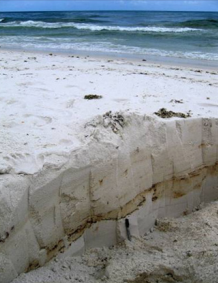
Shortly after the explosion of the Deepwater Horizon rig, oil began washing ashore on many Gulf coast beaches. Over time, because of wind and waves, oil was buried below the beach surface. The impact of oil on sandy habitats, beach dwelling animals and water quality has not been well studied; therefore, scientists at Florida State Read More
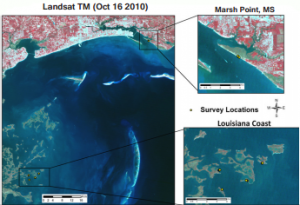
The Deepwater Horizon oil spill put hundreds of miles of the northern Gulf of Mexico coastline in harm’s way. Salt marshes in Louisiana, Mississippi and Alabama received varied amounts of oil during the summer of 2010, ranging from light sheen and tarballs in the east to patchy, heavy oiling in the west and along barrier Read More
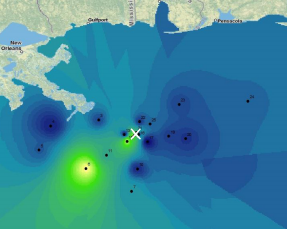
The effects of the Deepwater Horizon oil spill on the ecology of the Gulf of Mexico are, for the most part, still unknown. Florida State University has developed an integrated study of the impact of oil on the coastal and ocean marine ecosystem of the Gulf of Mexico, including the northern West Florida Shelf, extending Read More

In the past, oil exposure has been associated with devastating infectious disease outbreaks in wild populations of fish. The links between these outbreaks and the oil exposure are circumstantial but they suggest an associated disruption of the immune system. Scientists at Mississippi State University hope to use state-of-the art laboratory techniques to determine if the Read More
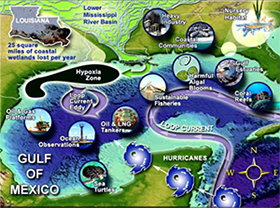
For several years now, a team of scientists from research institutions across the Gulf coast has worked together to develop an Integrated Ecosystem Assessment (IEA) model for the northern Gulf of Mexico. Researchers, including oceanographers, ecosystem modelers, and population ecologists came together shortly after the Deepwater Horizon oil spill to set up the framework for Read More
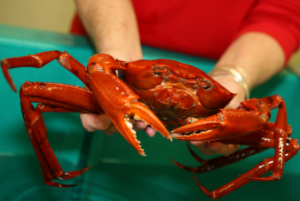
Many of us are familiar with coastal habitats, like salt marshes and seagrass beds, the services they provide, and the seafood they produce. Unfortunately, the deep sea doesn’t have this type of exposure and is often misunderstood. Scientists from the University of Southern Mississippi (USM) are hoping to change that. They are studying this foreign Read More
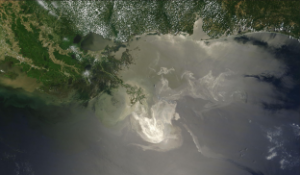
On April 20, 2010, the Deepwater Horizon oil rig exploded off the coast of Louisiana. The resulting oil spill lasted 87 days and created the largest accidental release of oil the world had ever seen. While much of the northern Gulf of Mexico was spared, receiving little to no oil, other areas were heavily impacted. Read More

The explosion of the Deepwater Horizon oil rig was of extreme concern to research scientists, environmental managers, and conservationists. Because of public health concerns, state and federal authorities quickly closed many areas of the northern Gulf of Mexico to recreational and commercial fishing. NGI researchers at the Dauphin Island Sea Lab immediately began studying the Read More
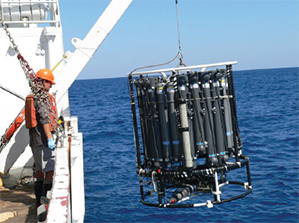
Since the explosion of the Deepwater Horizon oil rig, scientists from a variety of backgrounds have been hard at work collecting samples to monitor the effects of the oil on marine environments. Dr. Alan Shiller, a chemical oceanographer from the University of Southern Mississippi (USM), has been studying both direct and indirect chemical effects from Read More

The Mississippi River Delta region, including the Breton Sound estuary along the southeastern coast of Louisiana, is both environmentally and economically important. The swamps, bogs and marshes of this region account for 40% of all the wetlands in the lower 48 states. Unfortunately, these habitats were put in harm’s way when oil from the Macondo Read More
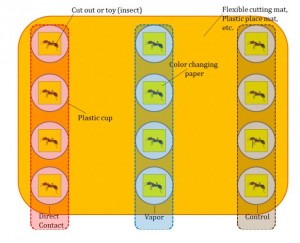
Many times, people think about the environmental impacts of an oil spill and the main organisms (impacted) that come to mind are marine mammals, crustaceans, fish, birds, and even mollusks. Insects are often forgotten, but some species are closely associated to soil and plant life; therefore, some insects are of high ecological value. Some insects Read More
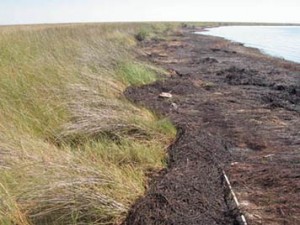
Coastal wetland vegetation is essential to the coastal area because it provides a barrier for the local community, a nursery habitat for juvenile organisms, and a highly productive environment for the marine life. This form of vegetation has a very high potential to come in contact with pollution, originating from inshore or offshore sources, because Read More
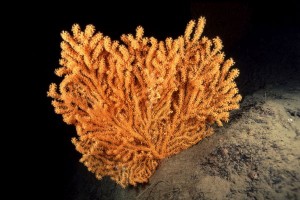
Deepwater coral reefs, aptly known as cold-water coral reefs, can be formed by the carbon created when bacteria biodegrade oil from natural seeps nearby. Oil spills can be easily devastating to coral reefs, ranging from the reefs at the surface of the water, directly subsurface, and even cold-water corals.
